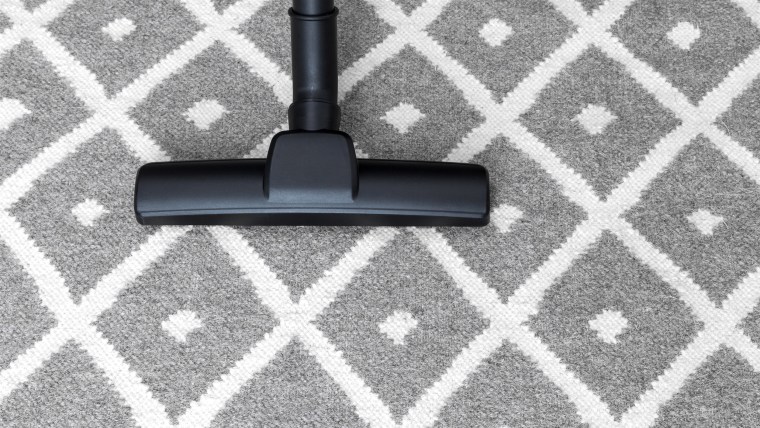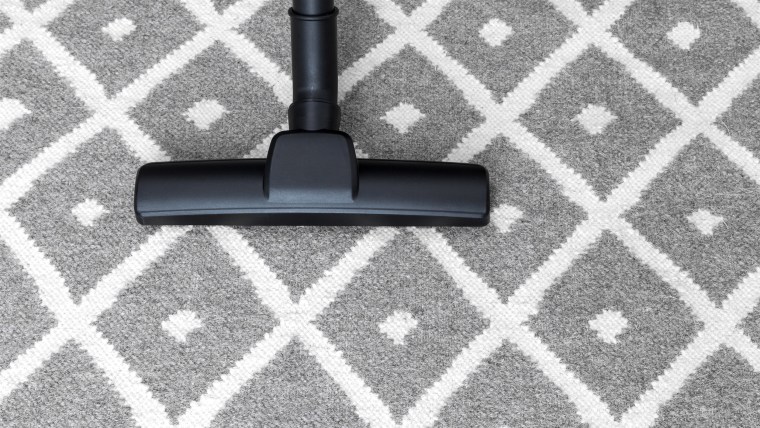
Dust your light bulbs? Throw the lint filter in the dishwasher? Clean like never before—but should have been doing all along—with these surprising tips.
1. Brighten up the room with a quick wipe down.
Don’t forget about your light bulbs when spring cleaning. According to professional organizer and author Donna Smallin Kuper, a dirty bulb emits 20 percent less light than a clean one. To get your light bulbs shining their brightest, wipe t hem down with a dampened microfiber cloth when turned off, Kuper says.
2. Make glass shine by not using cleaner.
Have smudges on your mirrors, windows or stainless steel appliances? Forget paper towels, as they will leave behind lint, streaks and a cloudy film. Instead, Kuper swears by using microfiber cloths and water. Just spritz and wipe. For best results, choose a microfiber cloth designed for glass. “It's a finer weave than larger microfiber cloths,” she explains. To clean the cloth afterward, toss in the washing machine—sans fabric softener—and air dry.
3. Keep carpet cleaner by moving in slow motion.
Carpets and rugs often feel great when brand new, but if vacuuming incorrectly, they will “ugly out” before they wear out. “Don’t vacuum like you are driving a race car,” cautions Paul Iskyan, president of Rug Renovating, a rug and carpet cleaning company in New York City. Instead, use a vacuum with good suction and move in slow, repetitive, overlapping strokes. This will remove up to 85 percent of dust and allergens, while also making high-traffic patterns less noticeable.
4. Give disinfectants time to do their job.
When there is a germy mess to clean, most reach for the disinfectant. However, Scot Case, a sustainability expert for the independent safety certification company UL Environment, says disinfectants are only beneficial when used correctly. Spraying and wiping without giving the product time to kill germs actually does more harm than good. “By not following the packaging directions, you may be exposing germs to just a little of the product,” Case warns. “This means they could develop a resistance to the disinfectant. Over time, super bugs could emerge that are immune to the disinfectant.”
5. Check what kind of microfiber you have before cleaning it.
Microfiber sofas are comfortable and easy to maintain, but not all microfiber cleans the same. According to home repair guru Bob Vila, there are four types of microfiber, each with its own cleaning instructions. Check the manufacturer’s tag to see which type you have. If there is a W, clean with a water-based solution. For tags marked with an S, clean only with a solvent-based cleaner. If the tag says S-W, you can use either a water-based or solvent-based formula. For those marked with an X, only use a vacuum cleaner. Follow the manufacturer’s instructions and remember to test new products on a hidden part of the fabric first.
6. De-gunk the oven with two pantry staples.
Forget the fumes of a traditional oven cleaner. To get your oven sparkling, sprinkle the base with baking soda, then spray with vinegar, says Leslie Reichert, a nationally recognized green cleaning expert and author of "The Joy of Green Cleaning." The mixture will bubble up and start removing burnt-on food. For tougher spots, scrub clean with a wet pumice stone.
7. Pop your lint filter in the dishwasher.
Regardless of how often you clear your dryer’s lint filter, it could still be clogged with invisible dryer sheet residue that accumulates in the filter screen and restricts airflow. To check for this, Reichert recommends pouring a few tablespoons of water over the filter. If the water doesn't pass through the mesh, it’s clogged.
To clean, pop the filter into the dishwasher for a cycle, as the soap and hot water will remove the residue. Another option is to lightly scrub the mesh with a toothbrush and soapy water. Perform the water test again to make sure it is good to go.
